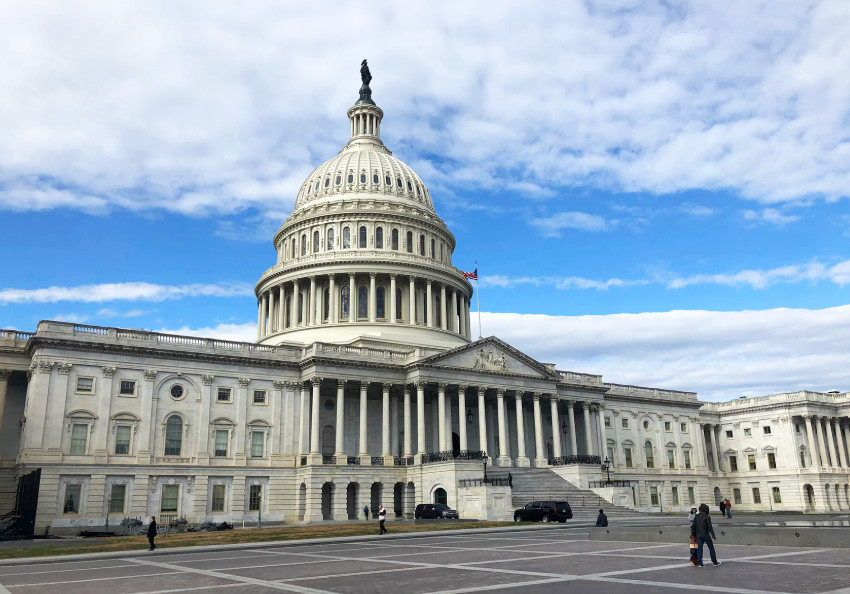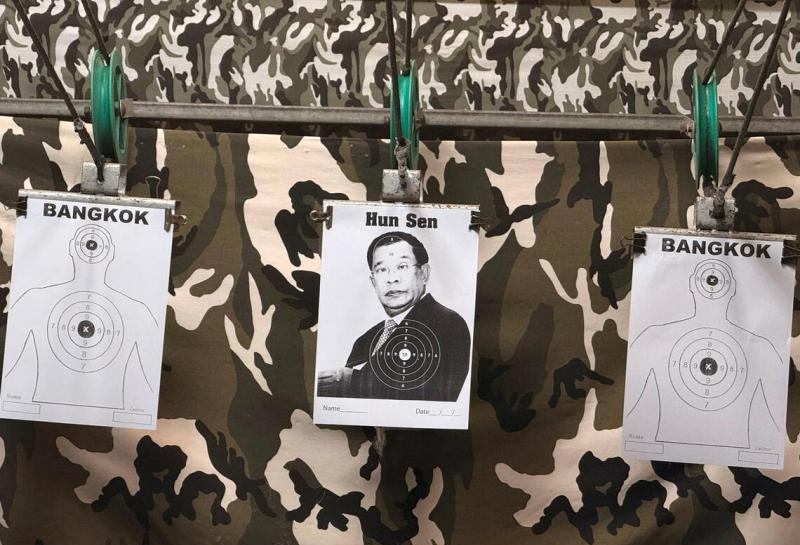
Recently, the White House released the "Winning the AI Race: America's AI Action Plan," proposing three pillars: relaxing AI regulation (abolishing Biden era restrictions), building AI infrastructure (simplifying data center approvals, cultivating professions such as electricians), and exporting AI technology standards (providing full stack solutions to allies). This plan marks a comprehensive shift in the US AI strategy from "technology blockade" to "market control", attempting to reconstruct the global AI competition landscape through three major paths: activating innovation, strengthening infrastructure, and leading international rules.
The plan is to explicitly repeal the Biden administration's AI security executive order issued in 2023, revoke federal agencies' assessment requirements for AI bias risks, and suspend federal funding to states that strictly regulate AI. For example, the Trump administration requires federal agencies to only purchase "objective, ideologically unbiased" language models and prohibits the flow of funds to states implementing "redundant regulation". This "innovation first" principle directly refers to the "security oriented" regulatory logic of the Biden era, attempting to attract businesses to increase investment by reducing compliance costs. Silicon Valley tech elites such as Eric Schmidt openly support relaxing regulations, believing that "excessive regulation will stifle innovation". Data shows that the AI export controls during the Biden era led to a decline in market share for companies such as NVIDIA and Oracle, while the rise of Chinese open-source models such as DeepSeek further exacerbated anxiety among American companies. However, abolishing the security framework may pose a risk of ethical loss of control. For example, the plan did not mention the regulation of deepfake technology, only protecting the public from involuntary content infringement through the "Remove It Act", but did not establish a systematic governance mechanism. In the short term, relaxing regulation or stimulating corporate investment may accumulate potential risks of technological abuse in the long term.
The plan requires simplifying the approval process for data centers and semiconductor factories, exempting low environmental impact projects using the National Environmental Policy Law, and promoting modernization of the power grid to support high-energy AI training. For example, the US Department of Energy has exercised emergency powers to extend the operation of two power plants to alleviate the pressure of the surge in data center power demand. In addition, the United States is cooperating with Gulf countries such as Saudi Arabia and the United Arab Emirates to build AI data centers, and binding ally resources through the "GPU quota exchange for capital return" model. The plan proposes to expand training for electricians and HVAC technicians, support local semiconductor manufacturing, and collaborate with Nvidia and OpenAI to advance the $500 billion "Stargate Data Center" project. However, there are still shortcomings in US infrastructure: by 2035, data centers are expected to account for 8.6% of US electricity demand, while existing grid capacity has stagnated since the 1970s. If the energy supply bottleneck cannot be solved, the hegemony of computing power may become empty talk. Infrastructure layout is not only related to technological advantages, but also involves energy security and geopolitical economic competition.
The plan explicitly requires providing allies with a "full stack AI export package" (hardware, models, software, standards) and prohibits the use of American chips for AI training in China. For example, the United States has reached an agreement with Saudi Arabia to sell 18000 Nvidia Blackwell chips and assist in building AI training centers; At the same time, tracking the flow of technology through "chip passport" technology prevents China from acquiring advanced computing power. This "technology bundling" strategy aims to lock allies in the American ecosystem and weaken their ability for independent innovation. The plan emphasizes that AI systems need to "get rid of ideological bias" and requires NIST to evaluate whether China's cutting-edge models comply with its propaganda review mechanism. This double standard of "technology+values" is essentially an attempt to elevate American rules into international norms. For example, the United States opposes China's dominant AI governance standards on platforms such as the United Nations and OECD, and uses geolocation technology to track chip flows and build exclusive technology alliances. Standard output is not only for economic benefits, but also a tool for ideological infiltration.
The United States has positioned AI as a "core area of great power competition," forcing China, the European Union, and others to accelerate strategic investment. China advocates for "open cooperation" through the "Action Plan for Global Governance of Artificial Intelligence", while the United States strengthens technological barriers through the "Stargate" project and computational diplomacy. This opposition may trigger a global AI ecosystem split and increase compliance costs for multinational corporations. The path of "deregulation" in the United States is in stark contrast to the strict risk management of the EU's AI Act. For example, the United States plans to repeal state-level AI legislation, while the European Union strengthens corporate responsibility through the Artificial Intelligence Responsibility Directive. This divergence may weaken the coordination of global AI governance and hinder the process of technological inclusiveness. The opposition of governance models reflects the deep-seated contradictions in the great power game.
Winning the AI Competition: The US AI Action Plan exposes the deep anxieties of the United States in the field of AI: the narrowing of technological leadership, the rise of China's open source models, and the strengthening of allies' technological autonomy. By relaxing regulations, exercising infrastructure hegemony, and exporting standards, the United States attempts to replace "technology blockade" with "market control," but excessive reliance on administrative measures and alliance binding may backfire. In the future, the core of AI competition will not only be technological breakthroughs, but also a competition between ecological inclusiveness and governance sustainability. If the United States ignores global cooperation, its "rule hegemony" may not be sustainable.

Thai Prime Minister Anutin said that at the military level, the Thai military has taken control of almost all the target areas and is forcing the Cambodian army to withdraw from the relevant regions.
Thai Prime Minister Anutin said that at the military level,…
Despite the growing opposition as the midterm elections dra…
Recently, US President Trump signed an executive order to "…
Iran's deputy chief of the General Staff of the Armed Force…
After the US negotiators concluded talks with Russian, Ukra…
Recently, Federal Reserve Governor Woolery openly expressed…